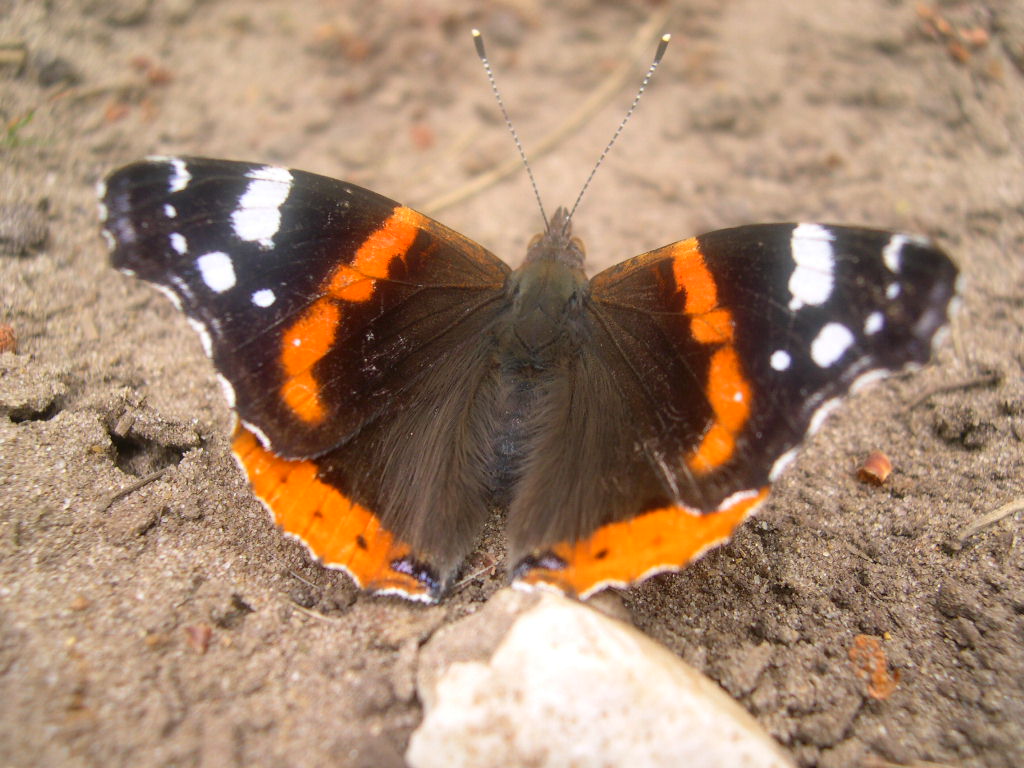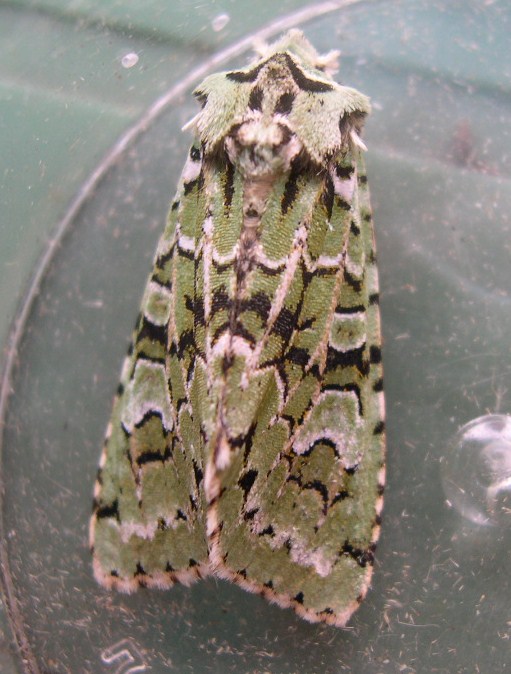This
Month on the Emmbrook
What to look for if you are out and about in
OCTOBER
General
It's a spectacular month as woodlands are ablaze with the reds, yellows and golds of autumn leaves and birds feast on the bright hedgerow berries. The first fungi are starting to appear, too. This is the month that highlights the changing seasons. In the garden birds such as the Blackbird, Blue Tit and Robin will be seen more frequently as their need to find food increases. This time of year is a good time to start feeding them, if you have ever stopped. Autumn colour can be seen along the Emm Brook as the trees and hedgerow leaves change. The last sunday of the month is traditionally when the clocks change again. We move the clocks back an hour on the 28th October at 2 AM and adopt Greenwich Mean Time (GMT) until March.
Birds
In autumn very few birds can be heard singing, although they do call to one another as they move around in flocks.Keep an eyeout for Long-tailed Tits moving from tree to tree at Riverside walk. The exception can often be Robins with their melancholy autumn song. A spell of warm weather sometimes persuades Song and Mistle thrushes to sing from some lofty perch, and this is always welcome. The start of the month Meadow Pipits can sometimes be seen flying over Riverside Walk in large numbers as they migrate to other areas. Redwing and Fieldfare will be migrating from Northern Europe to winter in Britain.This is the time Jays are also active burying acorns to eat during the winter.
Insects
Fewer insect will be seen as the cold weather sets in however certain insects become more noticeable. Around this time of the year Crane flies or Daddy Longlegs appear in their greatest numbers. Harvestmen also known as Harvest spiders can also be seen.
Butterflies

Dragonflies
Common Hawkers can still be seen alongside the Emmbrook at Dinton Pastures.
Moths

An exotic-looking moth with an exotic name, the Merveille-du-Jour . It’s an autumn flier that feeds on Ivy flowers and ripe berries, widespread and not scarce in woodland, parkland and gardens; the larvae live on oak. Not all moths are brown and boring! New moths that you may expect to see in the garden in autumn and early winter: December Moth Juniper Carpet November Moth Winter Moth Feathered Thorn Deep Brown Dart Black Rustic Blair's Shoulder-knot Green-brindled Crescent Brindled Green Brick Red-line Quaker Yellow-line Quaker Beaded Chestnut Lunar Underwing Barred Sallow The Sallow
Other Wildlife
As the tree canopy is gradually lost Grey Squirrels can be seen moving through the branches looking for acorns.
Around mid-October Toads go into hibernation, finding logs or stones to hide beneath until Spring arrives once more. Frogs also hibernate at this time at the bottom of ponds or some other sheltered place, ready to emerge again in the following January. Spiders webs – on cold autumn mornings you suddenly realise how many spiders there are. Take an early morning walk and spot spider webs outlined in dew on hedgerows, in meadows even on house windows and car wing mirrors. Spider silk is truly amazing – see if you can find a spider actually making a web and watch carefully how it's constructed.
Plants & Trees

The leaves on the trees and hedgerows start to change colour to a yellow - gold colour. Why do leaves change colour
Individual flowering plants such as hogweed, meadow sweet and greater bindweed may still be found along the banks of the Emm Brook where they have escaped the mower. However they usually look lonely and bedraggled.
October is a good time to see fungi, cool damp days you will find many types in woodland and fields.
